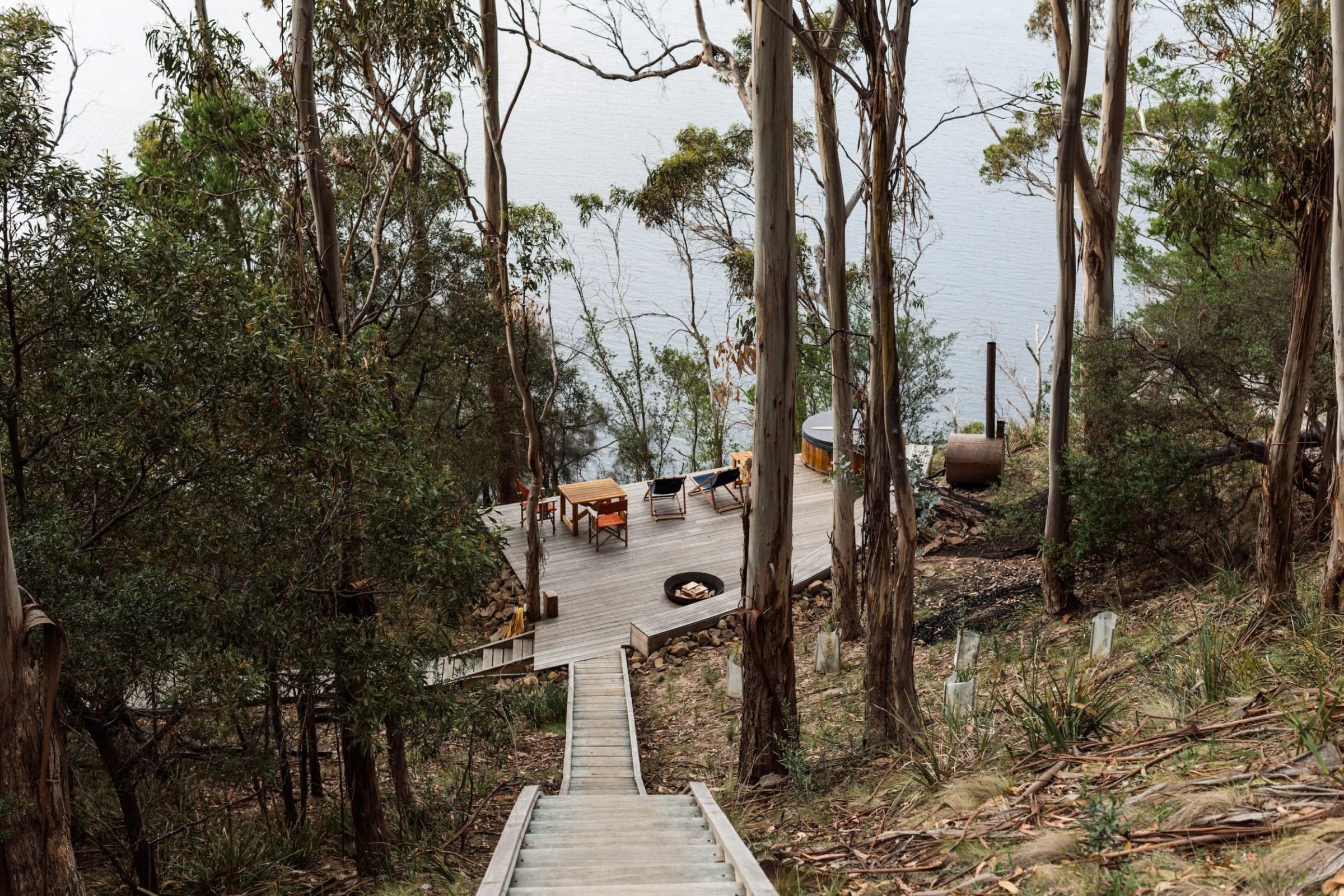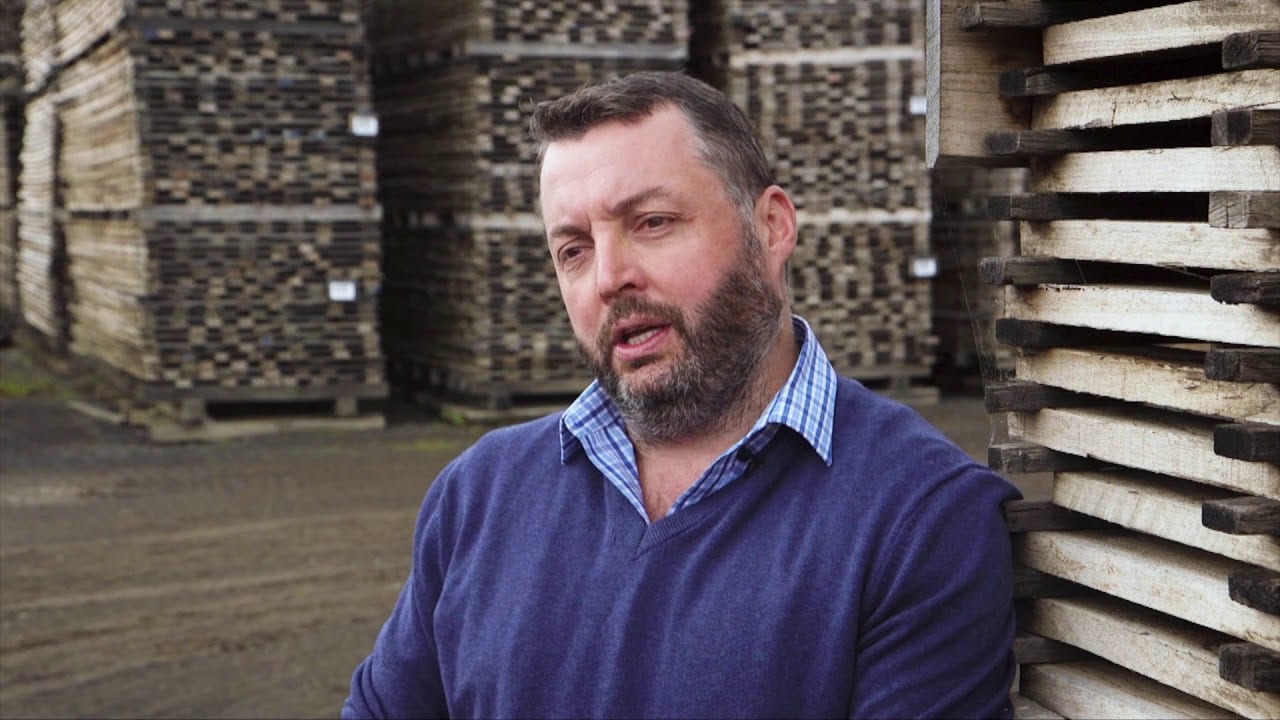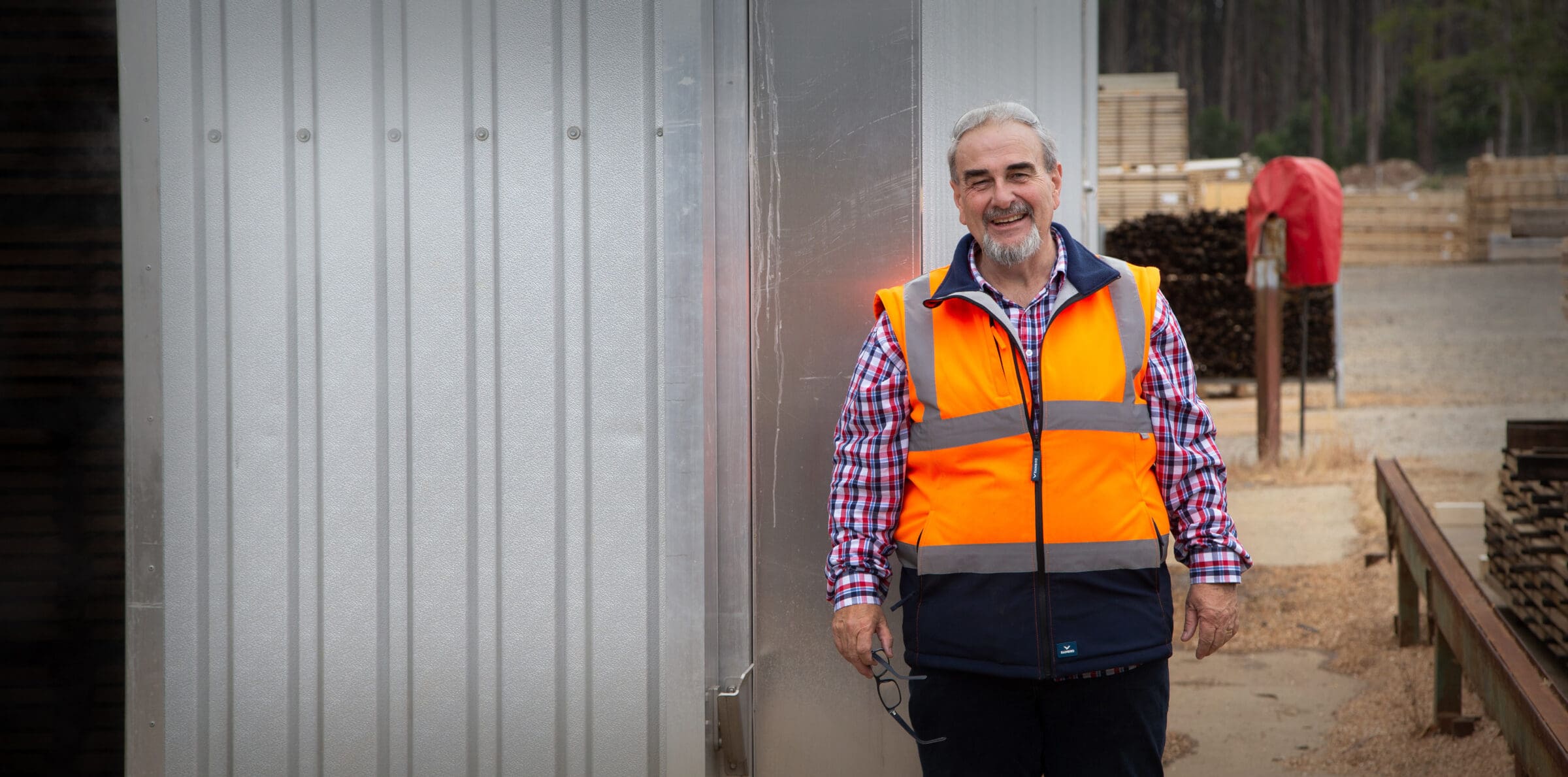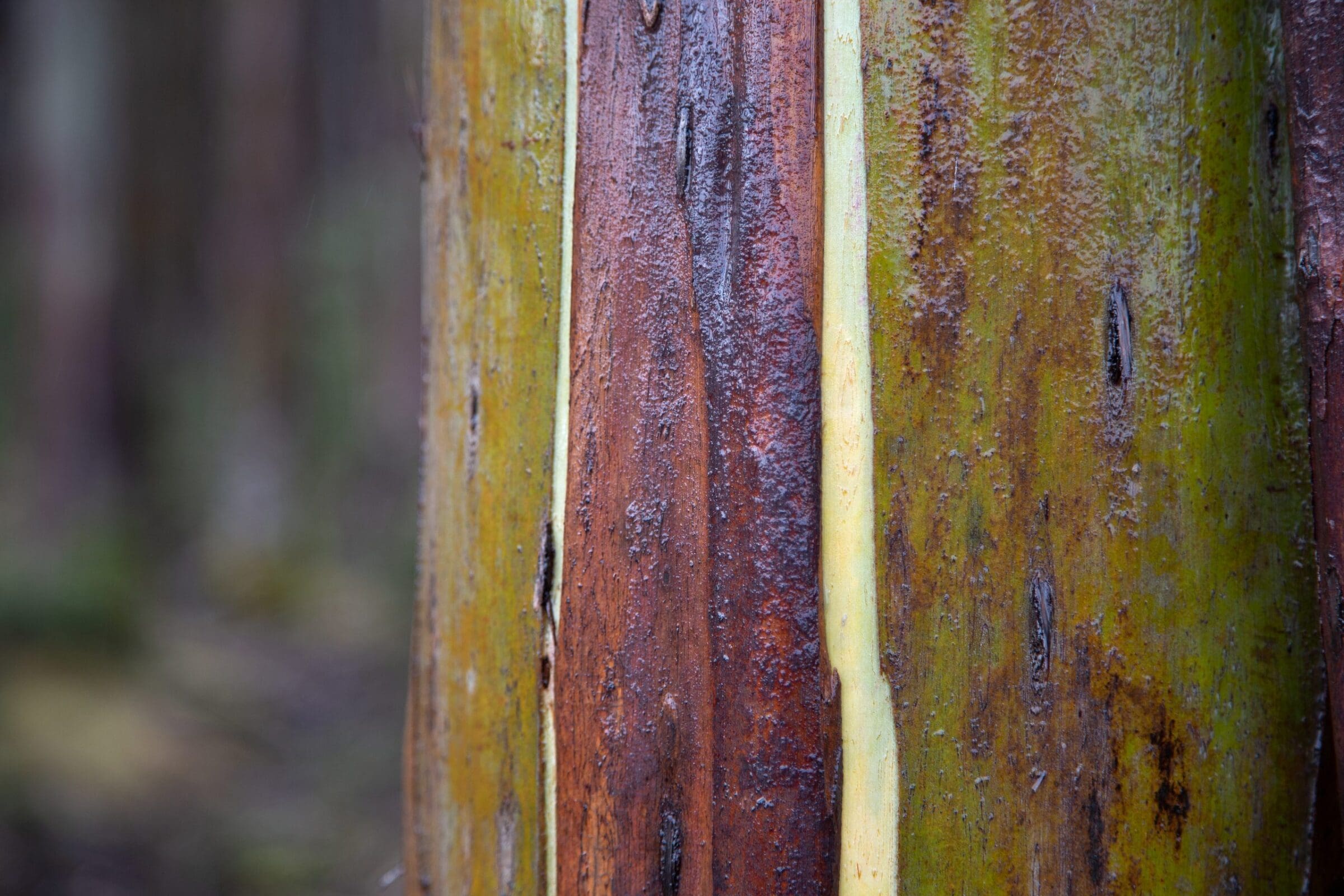Timber Certification Explained: What you need to know about FSC and Responsible Wood
Consumers and professionals want to be assured that timber products are coming from responsibly and sustainably managed forests.
But with multiple certification schemes available in Australia, how do you know what the best environmental choice is? Forestry expert Andrew Morgan, Director of SFM Environmental Solutions, a national forest management company, explains.
Certification in Australia
The two largest internationally recognised forest certification schemes are PEFC (called Responsible Wood in Australia) and FSC. These are the two main certification schemes within Australia.
“Certification is a voluntary market-driven process that’s got two components, the first being forest management certification and the second being chain-of-custody certification,” explains Morgan.
“Auditors look at a variety of factors to grant these certifications. The forest management audit considers social, economic and environmental aspects.
“Everything from making sure workers are being paid well and under their appropriate awards, to ensuring that the environment is being managed in a way that water is not being contaminated and special species and vegetation communities are not being harmed,” says Morgan.
Forest certification shows that a timber product has come from a responsibly and sustainably managed forest.
While the management of forests is essential to achieving certification, it doesn’t end there. Ensuring that the entire supply chain is also meeting the same high standards is also looked upon.
“The chain of custody certification follows a tree harvested in a forest into a board and then a finished product.”
Chain of Custody ensures that the consumer knows that the end product they are purchasing has come from a sustainably managed forest.
“As part of the chain of custody the consumer can look at a piece of furniture or timber product and see an FSC or Responsible Wood logo that has an identification number on it. By going to the relevant website this number can be used to track exactly where that timber came from and the company who supplied it.”
What is the difference between Responsible Wood and FSC?
While these two accreditations hold slight differences, auditors from both Responsible Wood and FSC are looking at a range of similar aspects to prove a forest is sustainably managed.
In fact, the two certifications almost mirror one another, but have minor differences in areas of stakeholder engagement and conservation values.
SFM Environmental Solutions holds dual certification in Responsible Wood (PEFC) and FSC, and has been in the industry for decades, so Andrew Morgan knows both schemes very well.
“One key difference is that FSC requires proof of continuous improvement. This is hard to achieve in Australia because the standard of forest management is already so high,” explains Morgan.
“It’s exceptionally hard to show continual improvement when very high levels of regulation and environmental management already exist,” he says.
“One country or forest therefore may find it easier to get certification if they’ve got a low level of regulation, which can be confusing for the marketplace.”
In Australia, the bar is already set very high. We have a very high level of sustainable forestry management, and therefore find it hard to show continual improvement.”
Which scheme is the best choice for sustainability?
Either, says Morgan. Just ensure that you select a timber that is certified.
Meeting the various criteria to obtain these high-ranking certifications is not easy, assures Morgan but is a process that can be trusted by consumers who want to be confident in their choice of sustainable timber.
“Regardless of whether you go with FSC or Responsible Wood, there has been a huge amount of effort by the forest manager and the processors to obtain the certification.
“Architects, builders, specifiers and consumers can with confidence, use timbers certified under either scheme knowing that they’re certified under a global standard and locally being managed under a very rigorous forest practices system.”
The most responsible choice? Buy local
Aside from certification, purchasing a local timber is an important consideration to create a smaller carbon footprint.
“When looking into timber products, the first thing suppliers should be looking for is certification, regardless of which system. Secondarily, buy local,” explains Morgan.
“When you buy local, the timber is from a nearby forest and not being transported across the world.”
Tasmanian timbers tick both sustainability boxes
“The main certification scheme held in Tasmania is Responsible Wood, and Tasmanian Timber has Chain of Custody certification.
“Tasmania has a very high level of rigour and a world-class forest practices system that is held with very high regard internationally.
“When purchasing Tasmanian Timber, consumers can be confident that they’re getting a piece of timber from a forest that is certified sustainable – and it’s local.”


